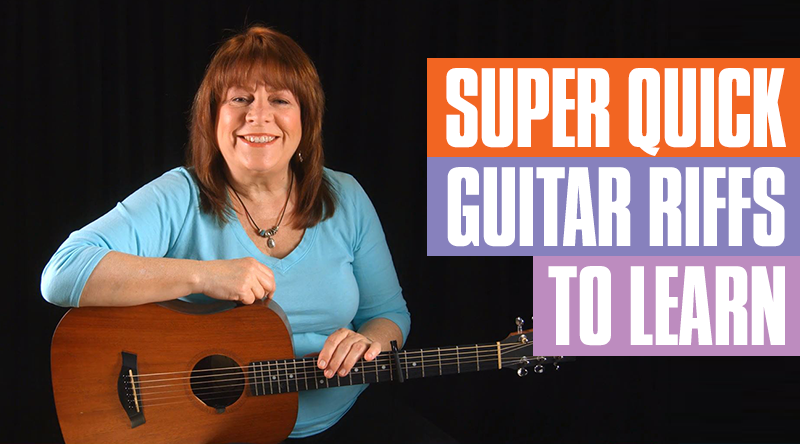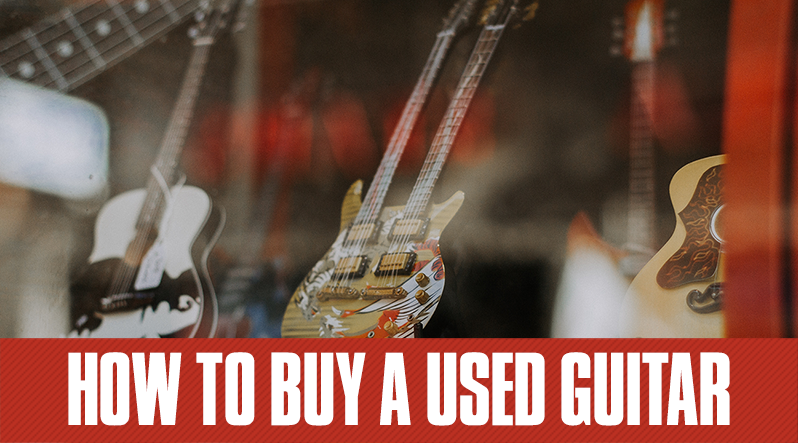
Whether you're new to the guitar or a seasoned player, there comes a time when you have to decide what kind of guitar you want to buy. First decision is whether you want an acoustic or electric. Once you've made this decision, your next step is to think about whether to go with a new guitar or a used one.
Choosing between a brand spanking new instrument right off a shop's wall or one that's been owned and loved, boils down to preference and your budget. Buying used is almost always less expensive than buying new—that is, if you know what to look for and what to avoid.
The following are some guidelines for purchasing a used guitar:
Ask the make and model of the guitar.
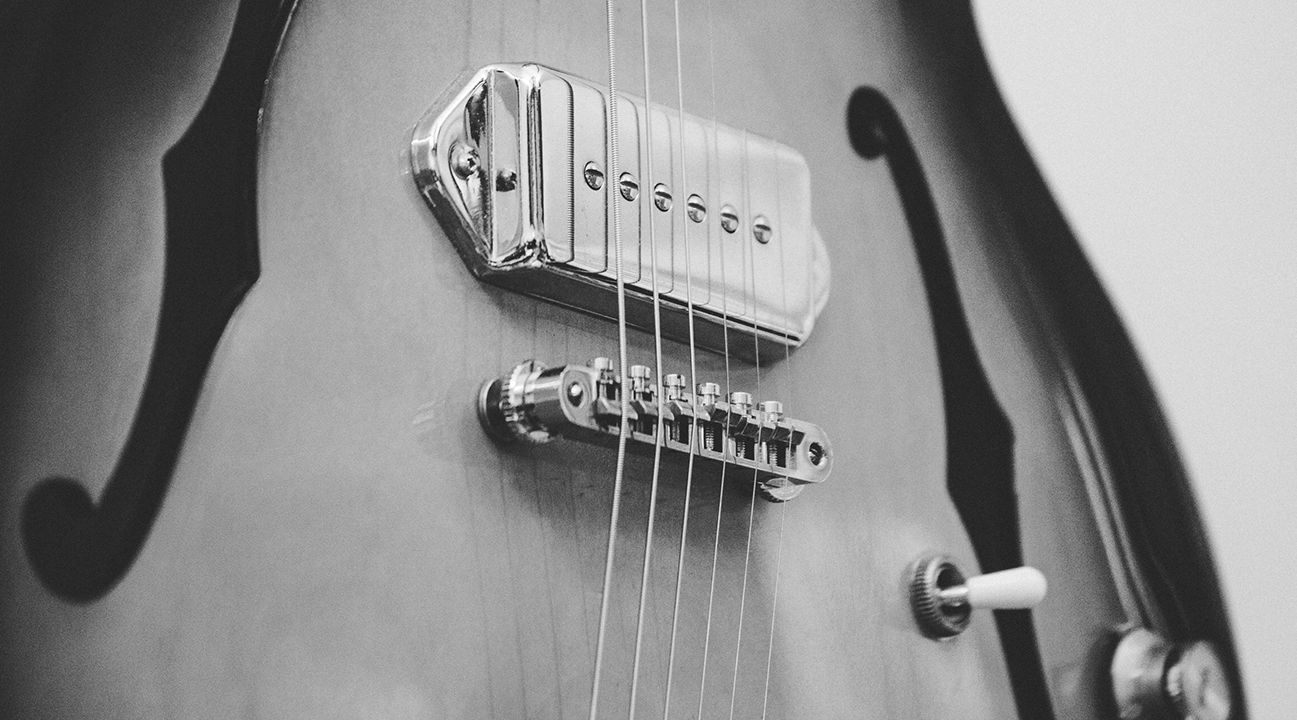
This way you can do some research on it and ask other people their opinions about the guitar you want to buy. You can also find out if the asking price is a fair one. Buying a used guitar is a lot easier if you already know a little bit about the type of guitar being sold.
Ask about the age and condition of the guitar.
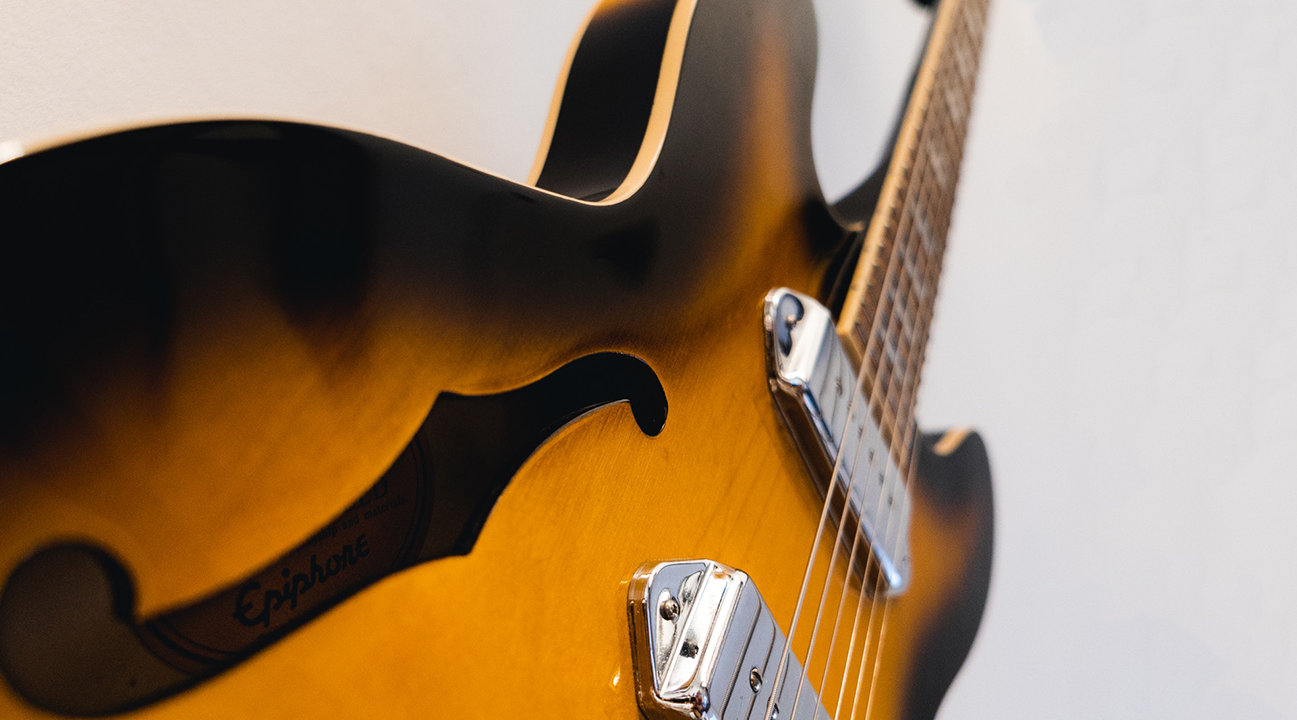
Ask the seller how long they've had the guitar and what repairs or maintenance it has had. If the seller is honest with you, which they should be, they will also let you know about any problems or scratches or anything that may need to be addressed in the future.
Test out the guitar in person, if possible.
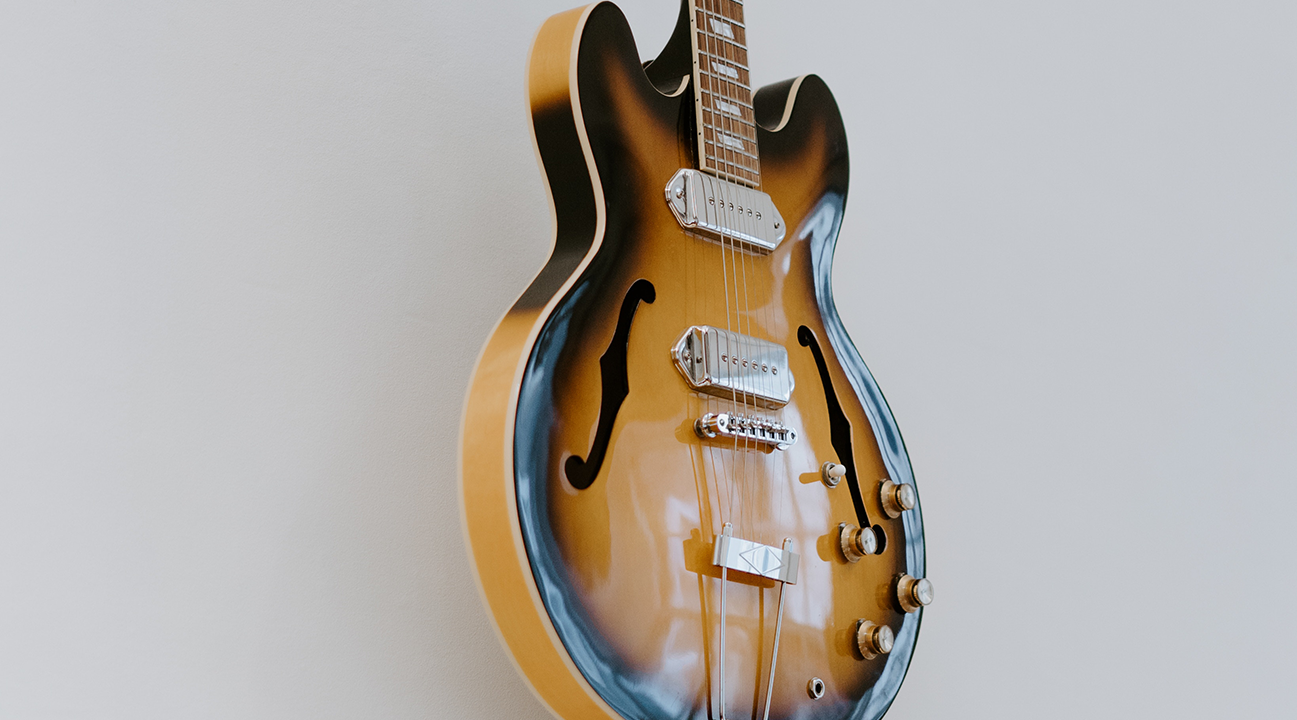
Used to be the only places to pick up used guitars were from music stores, flea markets, or from the hands of friends looking for some quick cash. Today we also have the Internet and sites like eBay and Craigslist. While most guitars you find in a reputable music store have been checked out by the shop's in-house repair team and are sold at a fair price, this isn't always the case with instruments acquired sight unseen. If at all possible, go in person to check out a guitar before buying it.
Give the guitar a once-over.
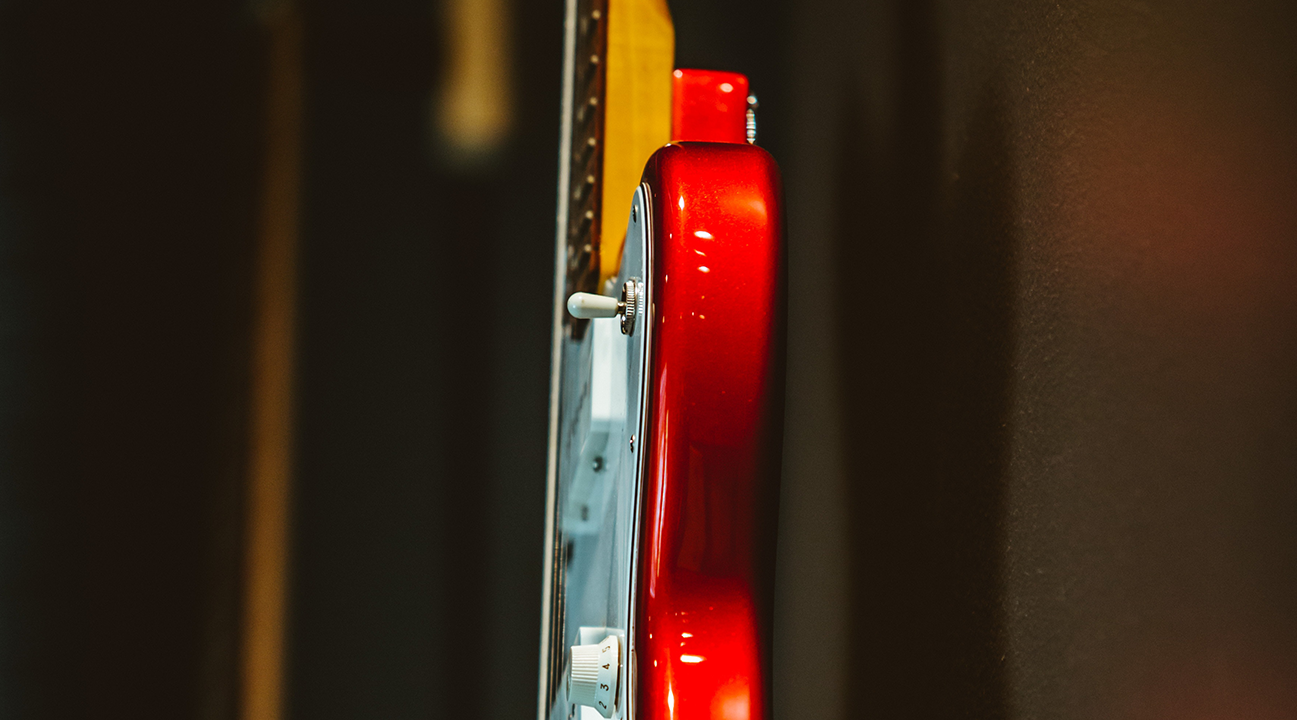
How does the guitar look? Does it look like it's been taken care of? Does it have that slightly played-in look but is still in good shape? Guitars often take a bit of wear and tear and if it's just small scrapes and scratches we're talking, then the instrument will probably be fine. If a guitar was well cared for, it shows.
Now play it.
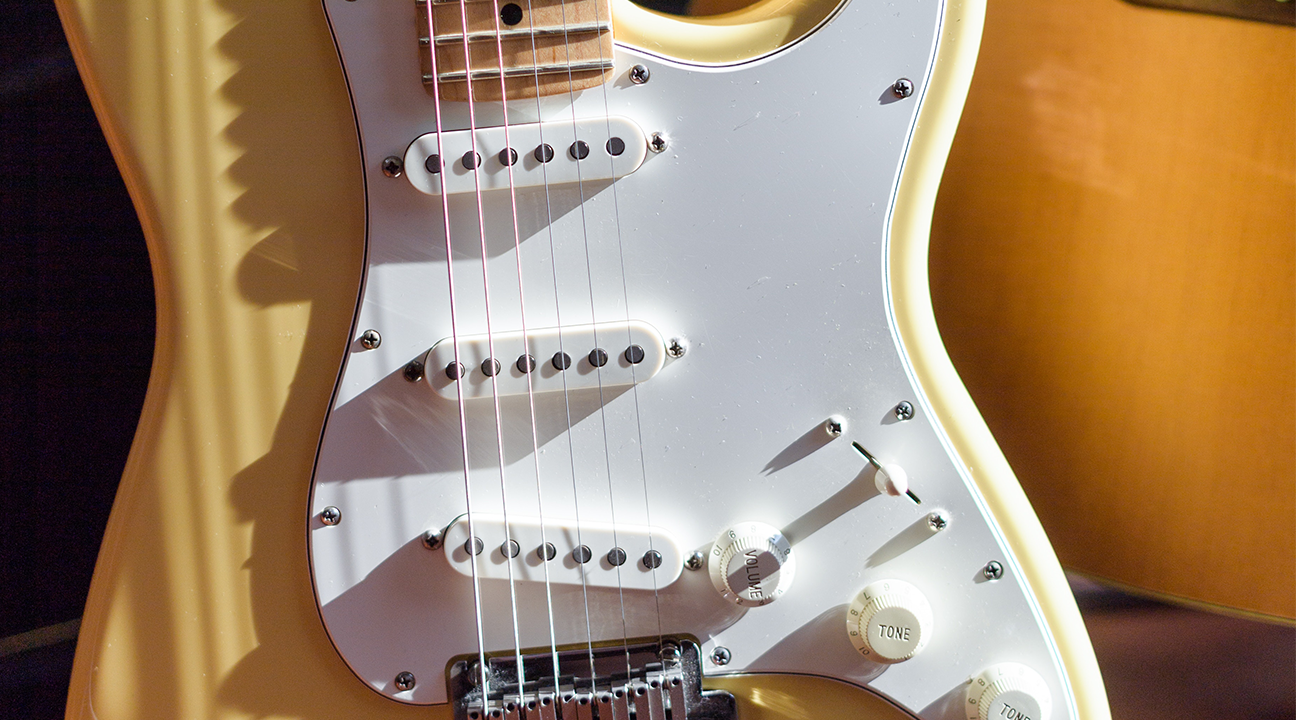
Try playing the instrument. If you bend strings, bend them and check out the sound. Play the whole spectrum of sounds you normally make on guitar. Pay attention to all of the frets, not just the ones you play. Pay special attention to the ones at the sound hole end of the fret board. Try to disregard the strings. Chances are they're older than you. Start playing all frets from top to bottom string and listen for strings ringing or rattling. If you hear a noise, verify that it is a string with broken windings rattling. If it is not a string with broken windings, then it is a fret (metal lines going across the guitar neck) that is improperly set. It can also be an improperly set bridge, which is found at the bottom end of the guitar.
Make sure the guitar feels comfortable in your hands.
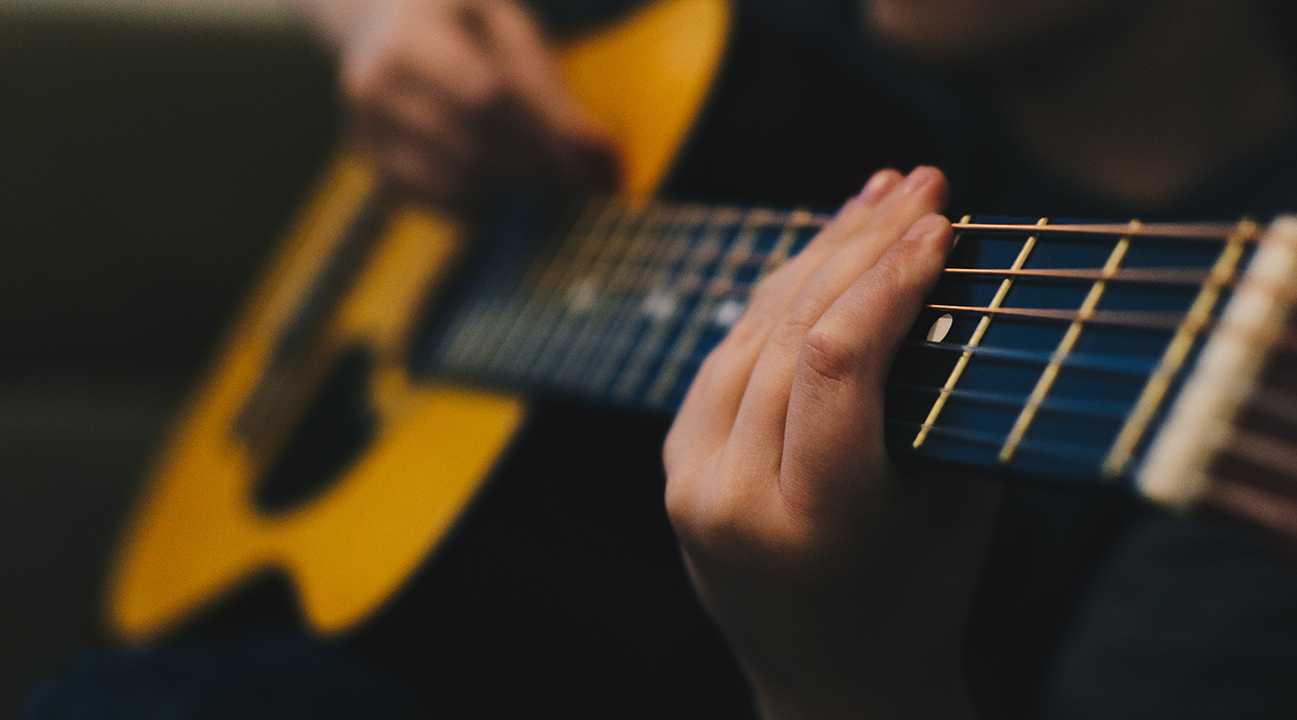
Guitars vary in size and shape and come in various depths and neck widths. You want to be able to hold the guitar properly so each arm and hand can perform the required movements correctly and comfortably. Make sure the guitar "fits" you. Watch for signs of hand fatigue and finger strain as you test it out. Some fretboards might be too wide for your hand, which will require extra stretching that could lead to tendinitis. Comfort is key.
Dealing with dings and cracks.
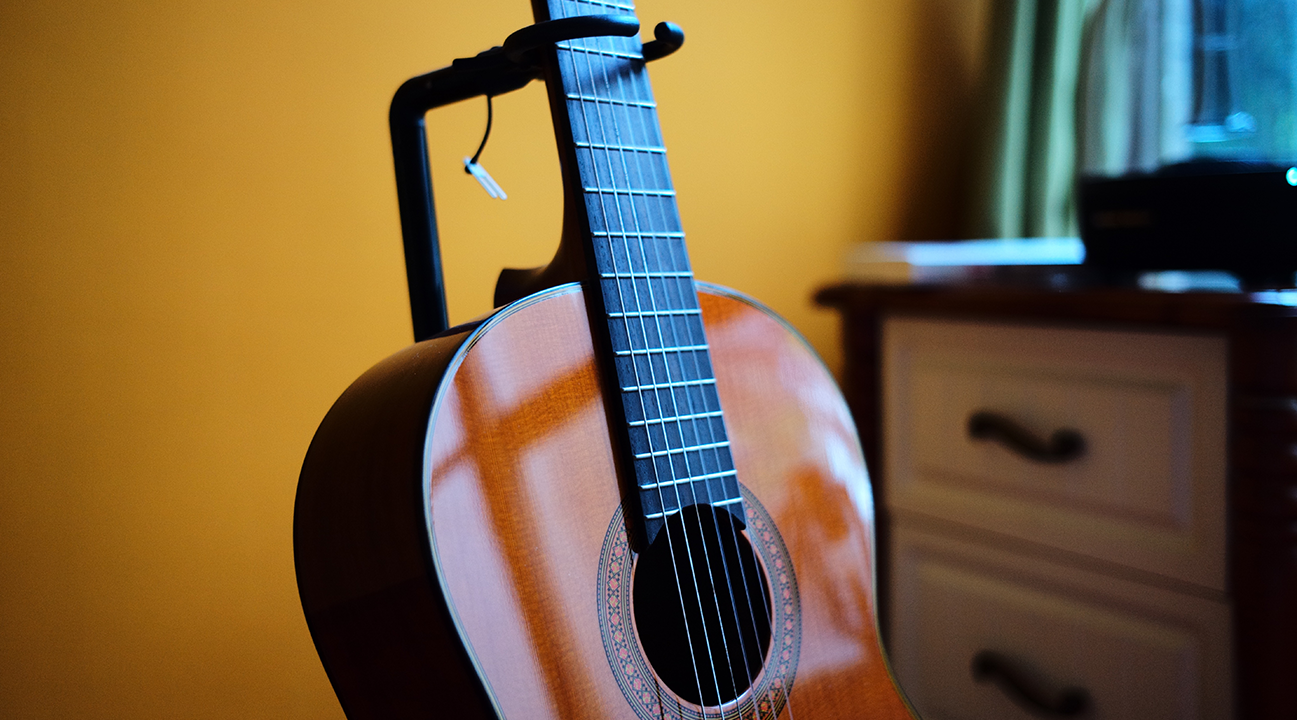
Check for any scratches, cracks and chips coming off the guitar at any place. Little cracks are not a problem, but be on the lookout for cracks that go through the finish right down to the wood. A deep crack in the finish can be a sign of separating seams in the body, whether it's a solid, semi-hollow, or hollow instrument. Structural damage can be an expensive fix.
And rust.
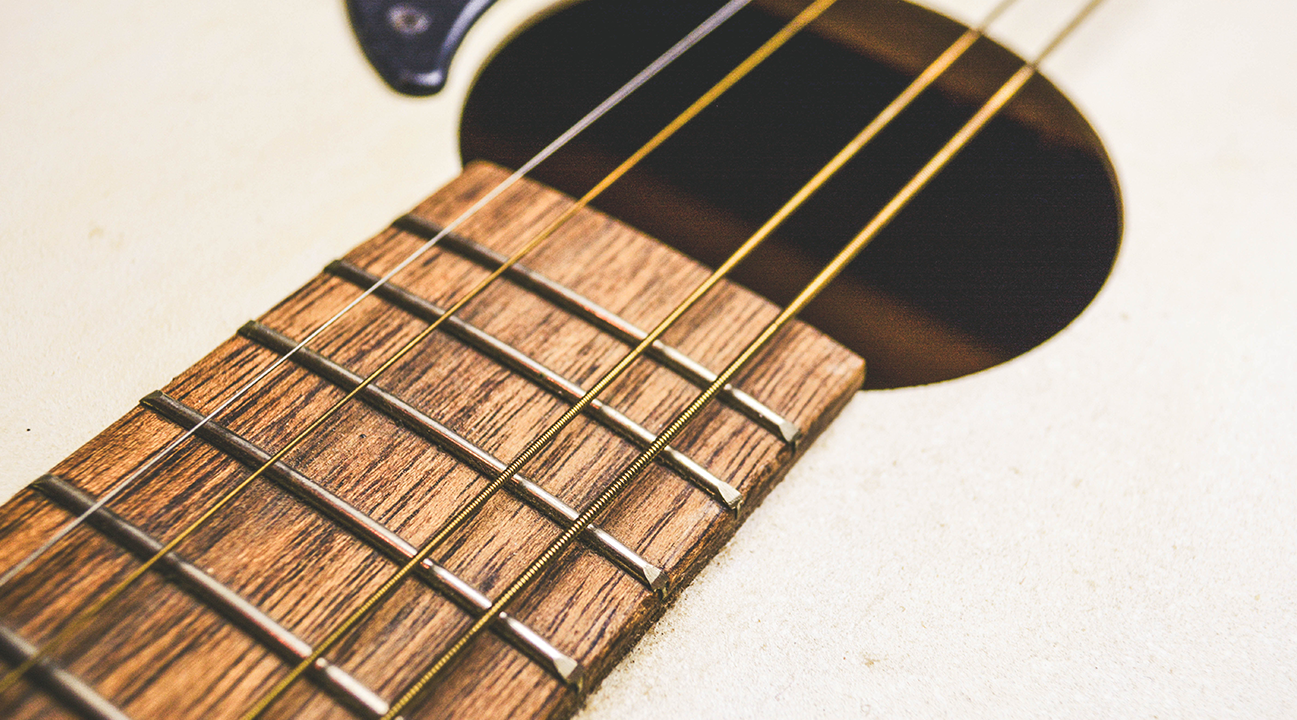
Check for rust, not so much on the strings and fret bars, which can be easily remedied, but on the hardware that is holding the strings and the pickups. If there is any rust in these places, reconsider your purchase.
Check the action.
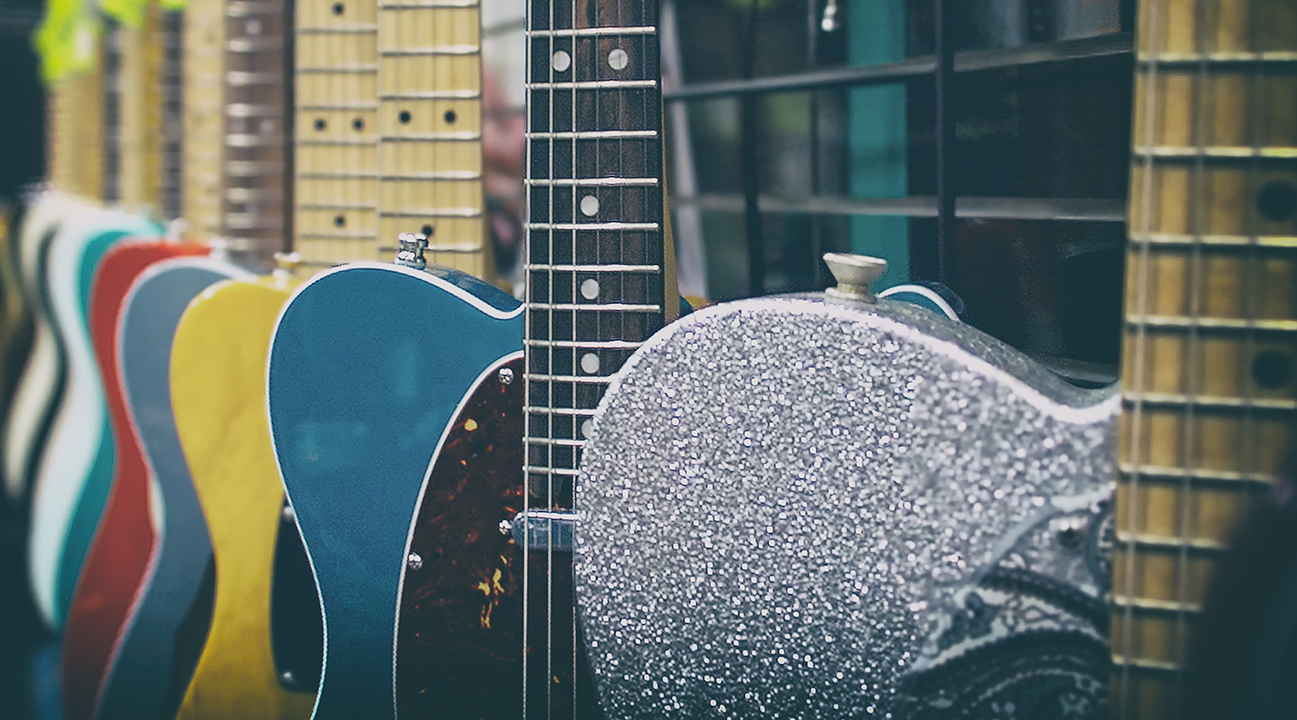
A guitar's "action" refers to how close the strings are to the fretboard, from the head of the guitar all the way down to the bridge. Higher action will make a guitar feel more difficult to play, whereas a lower action, typically easier on the hands, might not sound meaty enough. A guitar with good action will have a nice consistent gap between the strings and the fretboard. If the guitar's action is bad, you can have it adjusted at your music store.
Fretboard issues.
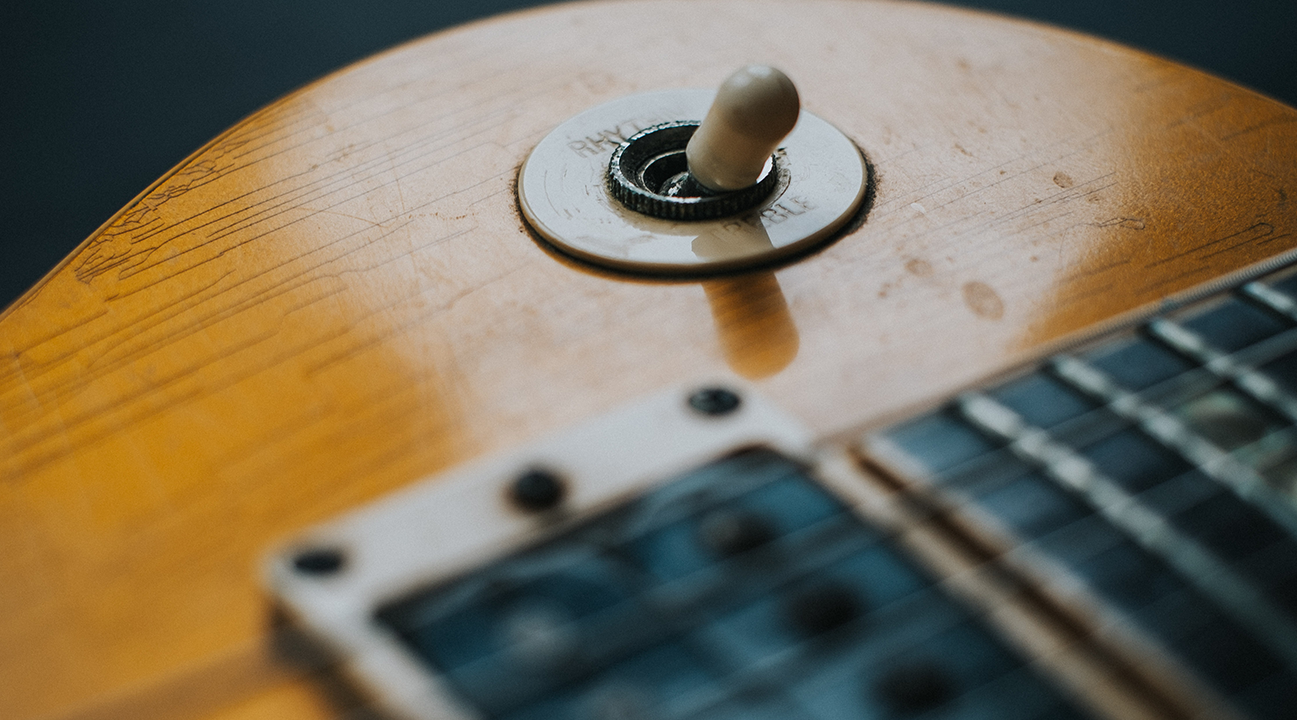
Carefully inspect the frets. Dents or divots caused by string wear can be expensive to repair or replace. If the neck looks consistent from the first to last fret, and the truss rod allows for adjustment, that's a good sign. But if you sight down the neck and see a roller coaster track, that's going to need a lot of work to correct. At minimum, excessive forward or backward bowing means the truss rod is out of adjustment, but it might also be a tipoff that the truss rod is stripped or broken. Replacing a broken truss rod is a major operation.
Heads up.
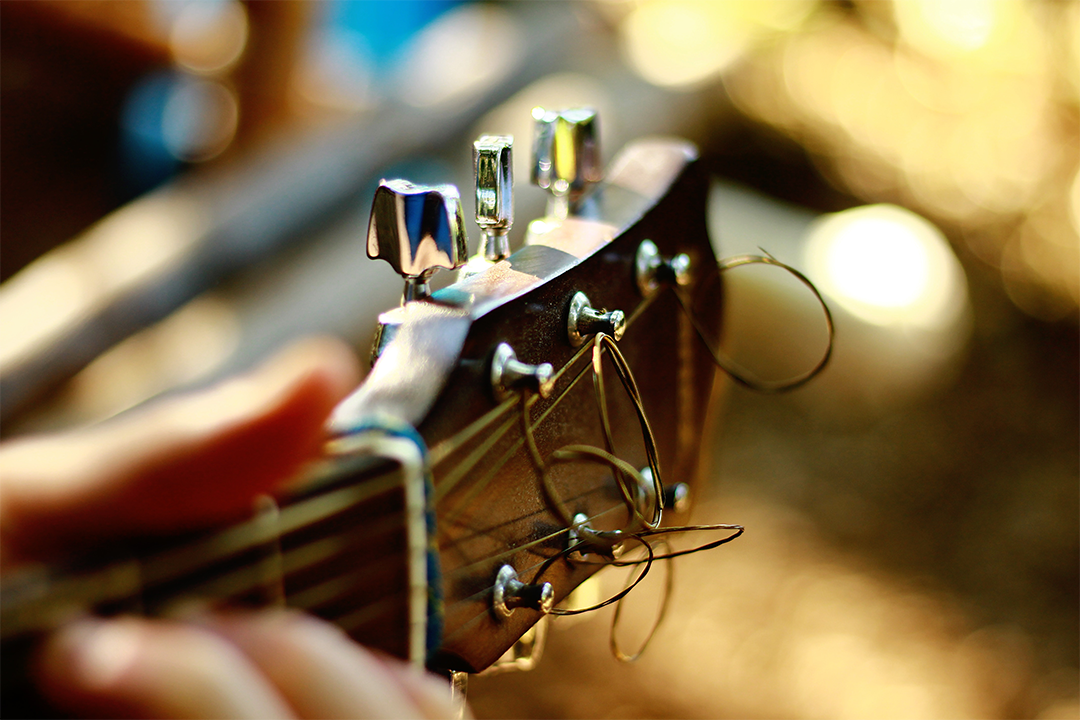
Always thoroughly inspect the headstock (the top or "head" of the guitar where the tuning pegs are located). The area where the headstock transitions into the neck is vulnerable to damage if the guitar is dropped or takes a hit in this area. Look for wrinkles or ridges on and around the headstock, telltale signs of a headstock repair. Even when perfectly repaired, a guitar with a broken headstock is only worth half of one that has never been broken.
Neck tests.
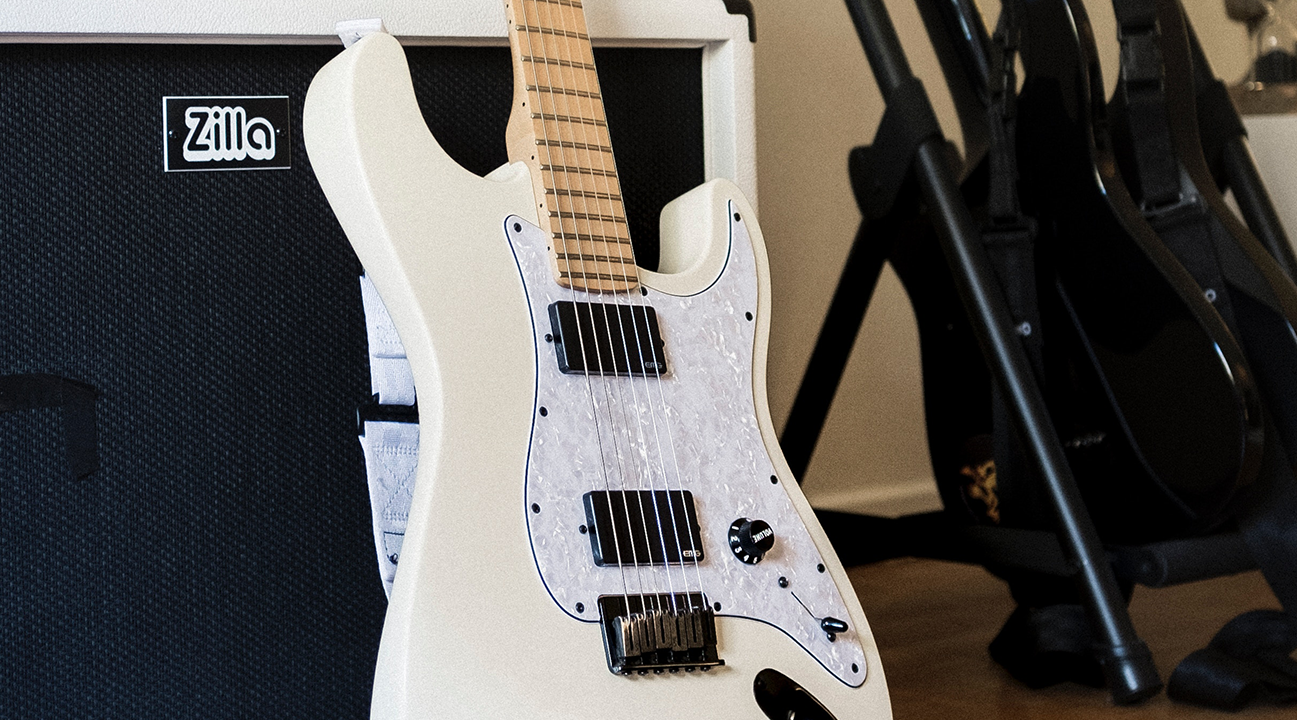
The neck of a guitar plays an essential role in maintaining the tension needed for the guitar strings to play sounds in tune. The first step in checking the neck is visually inspecting it. Place the headstock in front of your eyes with the guitar body away from you and look down the neck. A guitar neck should be virtually straight, although a little bowing is still acceptable. The neck joint, which attaches to the body of the guitar, should be flush. Evidence of a damaged guitar neck can sometimes be seen in other parts of a guitar, particularly in the saddle and bridge. If a saddle and bridge have been lowered as much as possible, it's a good indication that the neck of the guitar will probably need to be reset.
Cost.
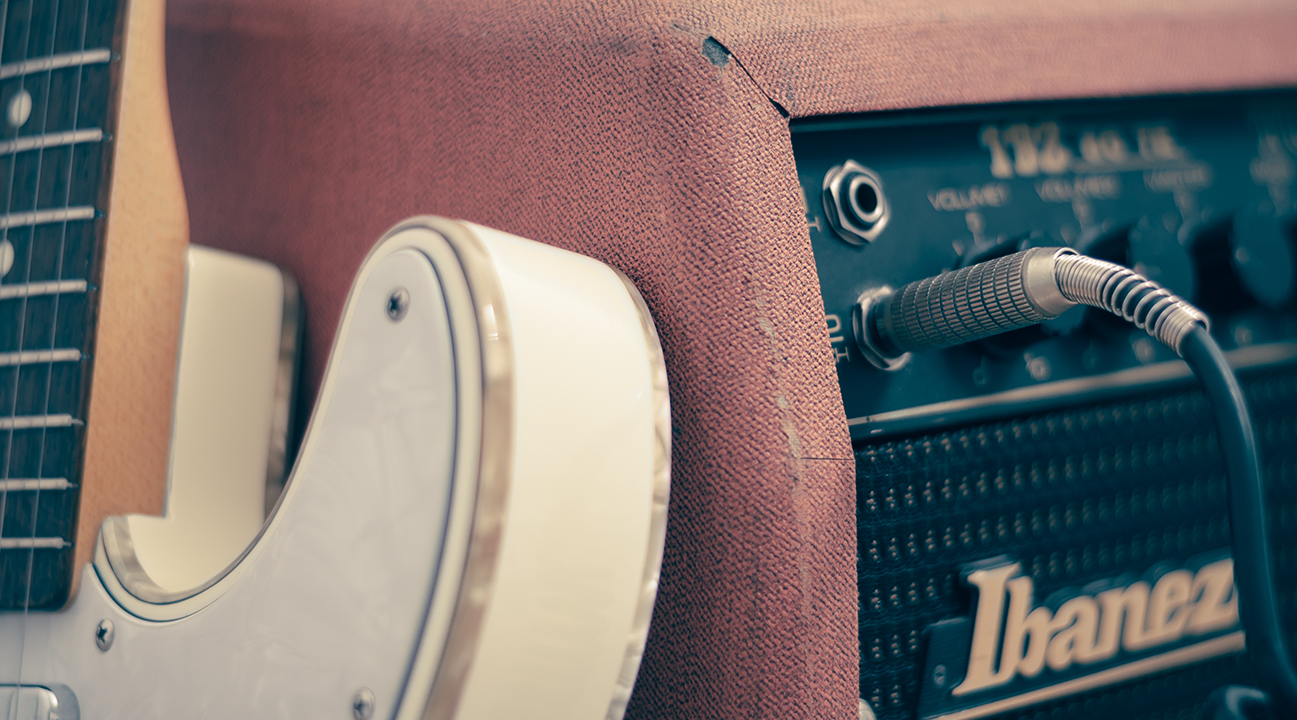
Many used guitars are going to need some repairs or a setup. Buying a guitar that needs a little work isn't necessarily a bad thing, though, as long as you come out ahead in the end. After thoroughly checking out a used guitar, you may also want to get an estimate from a qualified repair tech or luthier for any anticipated repair costs. Although it's certainly an important factor in buying a used guitar, don't let "cheap" seduce you. Cheap shouldn't be the deciding factor. You know what they say: If something seems too good to be true, it usually is.

